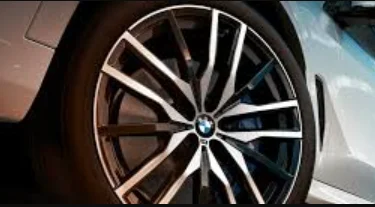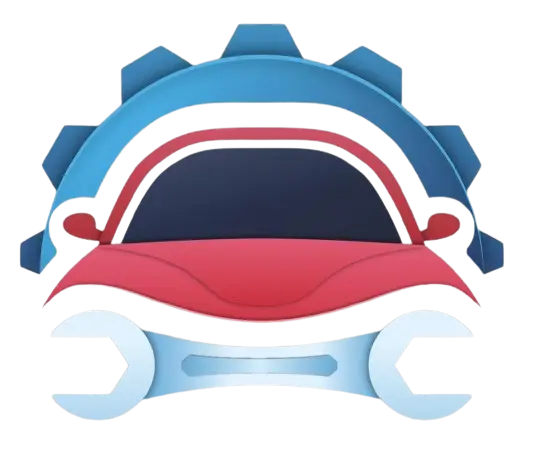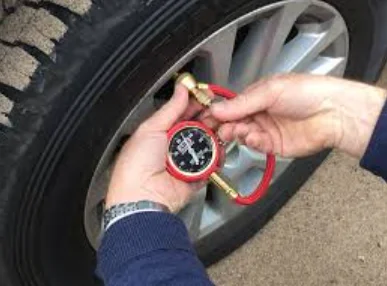Driving a BMW 1 Series is all about precision and performance. But to truly get the most out of your sporty hatchback, there’s one crucial factor you can’t overlook: tyre pressure.
Maintaining the correct tyre pressure isn’t just about safety – it also impacts your car’s handling, fuel efficiency, and tyre wear. Neglect it, and you could be facing:
- Reduced grip and handling: Underinflated tyres roll more, compromising cornering and responsiveness.
- Premature tyre wear: Uneven wear patterns and increased tread wear are common consequences of incorrect pressure.
- Lower fuel economy: Underinflated tyres create higher rolling resistance, meaning your engine has to work harder to maintain speed.
- Increased risk of blowouts: Overinflated tyres are more susceptible to damage from potholes and debris.
But fear not, 1 Series enthusiasts! This guide will equip you with the knowledge to pump up your tyres like a pro.
Finding the Right PSI
First things first, locate your tyre pressure placard. This sticker is usually found inside the driver’s door jamb or glove compartment. It will list the recommended tyre pressures for your specific model, load conditions (solo vs. full car), and tyre type (standard vs. run-flat).
| CAR NAME | TYRE SIZE | FRONT (F) TYRE PRESSURE | REAR (R) TYRE PRESSURE |
| BMW 1 Series | 205 / 55 R 16 | 33-35 PSI (F) | 33-35 PSI (R) |
| BMW 1 Series | 225 / 45 R 17 | 32-36 PSI (F) | 32-36 PSI (R) |
Remember: These are cold tyre pressures, meaning they haven’t been driven on for at least a few hours. If you’ve been driving, add 5-10 psi to account for heat expansion.

Pumping with Precision
Invest in a reliable tyre pressure gauge and get in the habit of checking your tyres at least once a month. Don’t rely on the Tyre Pressure Monitoring System (TPMS) alone – it will only alert you when pressure is significantly low.
When inflating, pump each tyre to the recommended pressure, checking and adjusting as needed. Don’t forget the spare!
Pro Tips for Perfect Pressure:
- Adjust for season and temperature: Tyre pressure naturally fluctuates with temperature. Consider slightly increasing pressure in colder weather and decreasing it in hotter weather.
- Load up, adjust up: If you’re carrying a heavy load, increase the pressure by 5-10 psi for added stability.
- Regular rotations are key: Regularly rotating your tyres ensures even wear and tear, minimizing the impact of incorrect pressure.
Pumping up your tyre knowledge means pumping up your driving experience. By maintaining the correct tyre pressure, you’ll enjoy sharper handling, better fuel economy, and greater peace of mind on the road. So go ahead, grip the road with confidence – your BMW 1 Series will thank you for it!
Conclusion
Maintaining proper tyre pressure is a simple yet critical aspect of maximizing your BMW 1 Series experience. By following these tips, you’ll enjoy optimal handling, improved fuel economy, and extended tyre life. So, grab your gauge, pump up with confidence, and hit the road knowing you’re in control.
FAQs
Q: What happens if I ignore the tyre pressure warning?
A: Ignoring the warning can lead to increased tyre wear, reduced fuel efficiency, and even blowouts.
Q: Can I use a regular gas station air pump?
A: Yes, but be sure to double-check the pressure with your own gauge. Gas station pumps may not be perfectly calibrated.
Q: What about run-flat tyres? Do they need different pressures?
A: Run-flat tyres generally require slightly higher pressure than standard tyres. Refer to your owner’s manual for specific recommendations.
Q: Can I adjust the TPMS warning threshold?
A: Not on all 1 Series models. Consult your owner’s manual for details.
Remember, proper tyre pressure is an investment in your safety, performance, and wallet. Take the time to understand and maintain it, and your BMW 1 Series will reward you with every drive.


